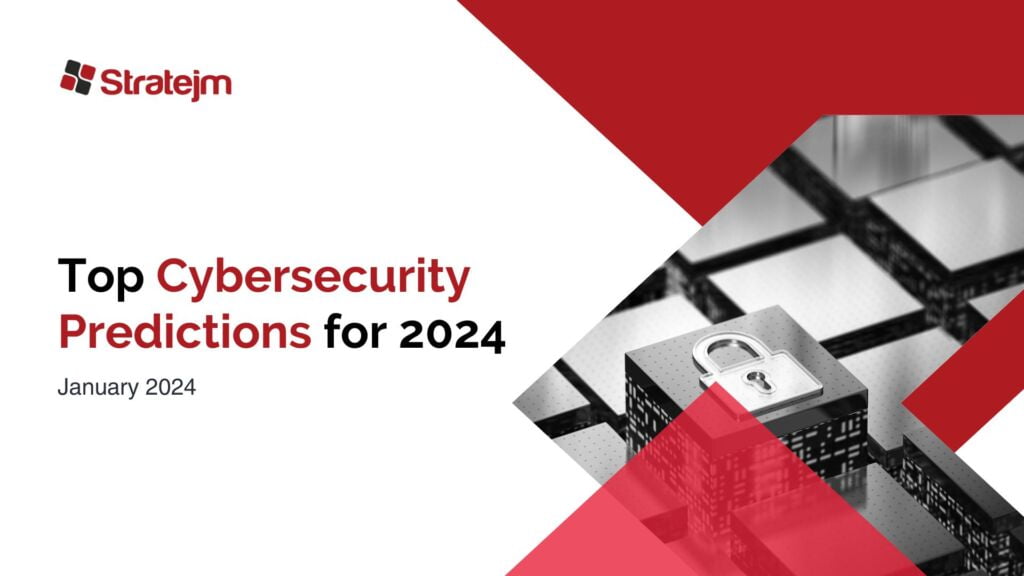 As we push into 2024, the realm of Cybersecurity is on the cusp of transformative changes – Attackers are more sophisticated than ever, pushing security teams to the brink with an increased frequency of attacks and cutting-edge tools that challenge traditional security paradigms.
As we push into 2024, the realm of Cybersecurity is on the cusp of transformative changes – Attackers are more sophisticated than ever, pushing security teams to the brink with an increased frequency of attacks and cutting-edge tools that challenge traditional security paradigms.
With this in mind, security leaders must stay up to date with the latest trends and happenings in cybersecurity. Check out this article for a brief overview of the latest trends and predictions in cybersecurity for 2024:
Even More Focus on Machine Learning and AI
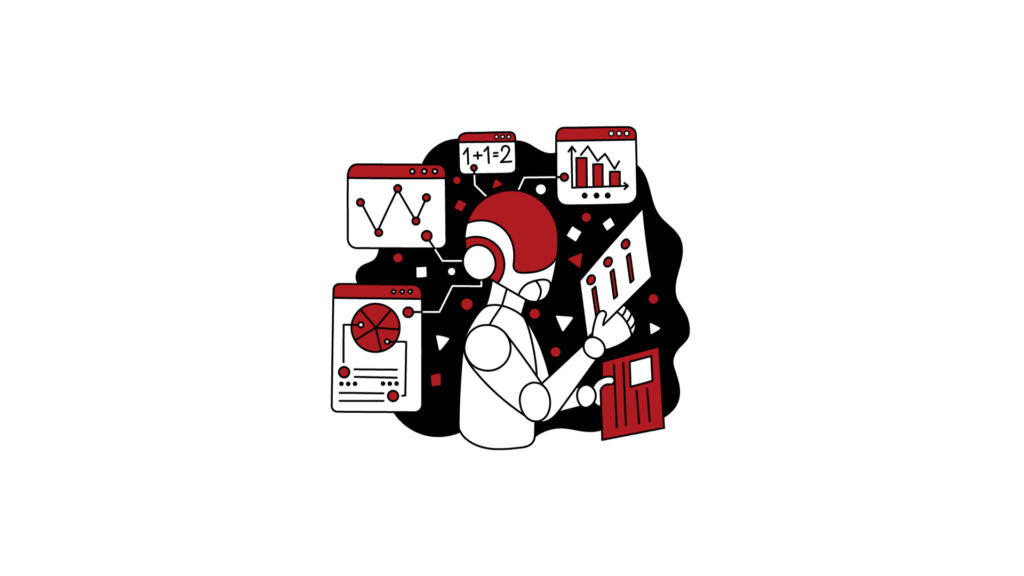 Bursting onto the scene as a revolutionary new tool promising breakthroughs in productivity and efficiency in 2023, Artificial Intelligence (AI) and Machine Learning (ML) show no signs of slowing down in 2024.
Bursting onto the scene as a revolutionary new tool promising breakthroughs in productivity and efficiency in 2023, Artificial Intelligence (AI) and Machine Learning (ML) show no signs of slowing down in 2024.
Expect these platforms to play a more critical role in day-to-day cybersecurity operations as AI is leveraged used to enhance the identification and prediction capabilities of data analytics platforms. Machine Learning will also continue to evolve to provide real-time threat analysis enabling faster and better response to cyber incidents and breaches.
2024 may also be the year we see the rise of AI-powered security bots designed to identify and neutralize cyber threats without human intervention.
Unfortunately, however, security teams are not the only ones who will benefit from the wide-ranging capabilities of Generative AI, as we have already begun to see attackers take advantage of Generative AI tools throughout 2023. Expect to see attacks with a newfound level of sophistication as hackers find new ways to leverage these tools.
Zero Trust Security
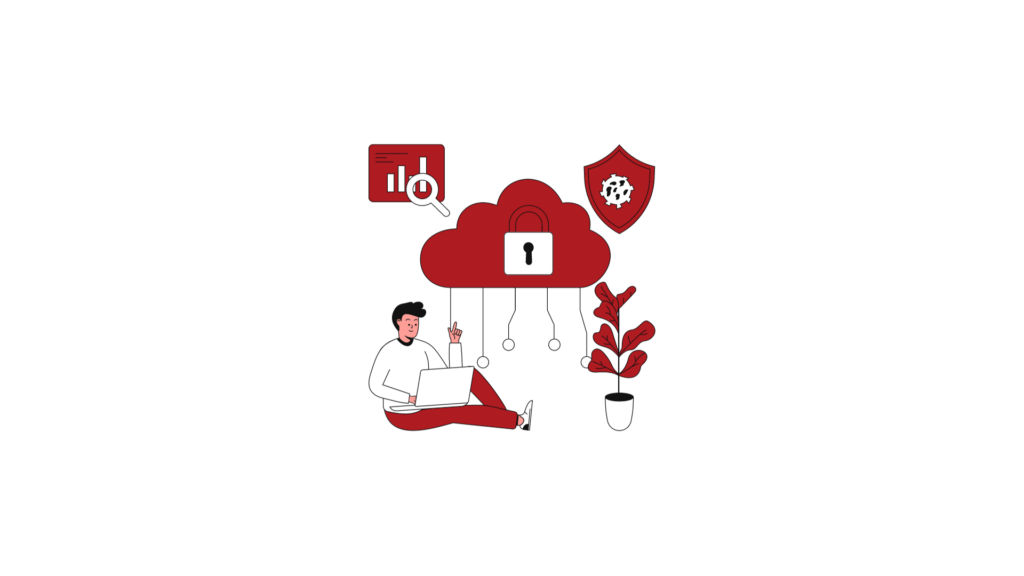 With the growing rise of work-from-anywhere environments, the concept of “Zero Trust” became a key talking point as people realized the value it could provide to their cybersecurity strategies. Operating on the principle of verifying every individual network connection, Zero Trust mitigates the risks posed by insider threats and lateral movement within a network by treating every access request as a potential threat.
With the growing rise of work-from-anywhere environments, the concept of “Zero Trust” became a key talking point as people realized the value it could provide to their cybersecurity strategies. Operating on the principle of verifying every individual network connection, Zero Trust mitigates the risks posed by insider threats and lateral movement within a network by treating every access request as a potential threat.
This shift towards a zero-trust mentality represents a significant shift in cybersecurity methodology towards something more adaptive and holistic, and should be a better fit for the diverse and distributed IT environments that have been commonplace today.
Increased Adoption of Cybersecurity Insurance
 As cyber threats grow in frequency and complexity, cybersecurity insurance has become a mainstay of many business risk management and discovery recovery strategies.
As cyber threats grow in frequency and complexity, cybersecurity insurance has become a mainstay of many business risk management and discovery recovery strategies.
With this in mind however, requirements for cybersecurity insurance are growing – The rising cost of the average data breach has made it necessary for insurers to lay out security posture guidelines that can significantly affect the cost of your premium.
This has made it necessary to build out a strong security team with the expertise needed to add the safeguards needed to create a strong security posture, or reach out to a reputable cybersecurity partner who can help you manage those demands if necessary.
Next-gen Phishing Attacks
 Supercharged by generative AI, expect to see frighteningly realistic and lifelike phishing and social engineering attacks as attackers take a smarter, more personalized approach.
Supercharged by generative AI, expect to see frighteningly realistic and lifelike phishing and social engineering attacks as attackers take a smarter, more personalized approach.
We are already seeing attackers further integrate Generative AI into their social engineering campaigns by using large language models to impersonate executives using content from Linkedin or Twitter feeds. Attackers can send an email claiming to be a high-level decision maker that sounds like it was written by them.
More than ever, cybersecurity education and awareness training is needed for all employees.
Heightening Security Requirements for IoT devices
 In the past few years we have seen Internet of Things (IoT) devices proliferate in both consumer and business environments, bringing with them a whole host of security challenges and vulnerabilities that now must be accounted for.
In the past few years we have seen Internet of Things (IoT) devices proliferate in both consumer and business environments, bringing with them a whole host of security challenges and vulnerabilities that now must be accounted for.
Currently, security regulations regarding IoT are a little… lacking, leading many connected devices to contain outdated and vulnerable software. Expect more robust and standardized security protocols for IoT as the threat of AI looms and malicious actors start to take advantage of the attack vector.
Mobile Security
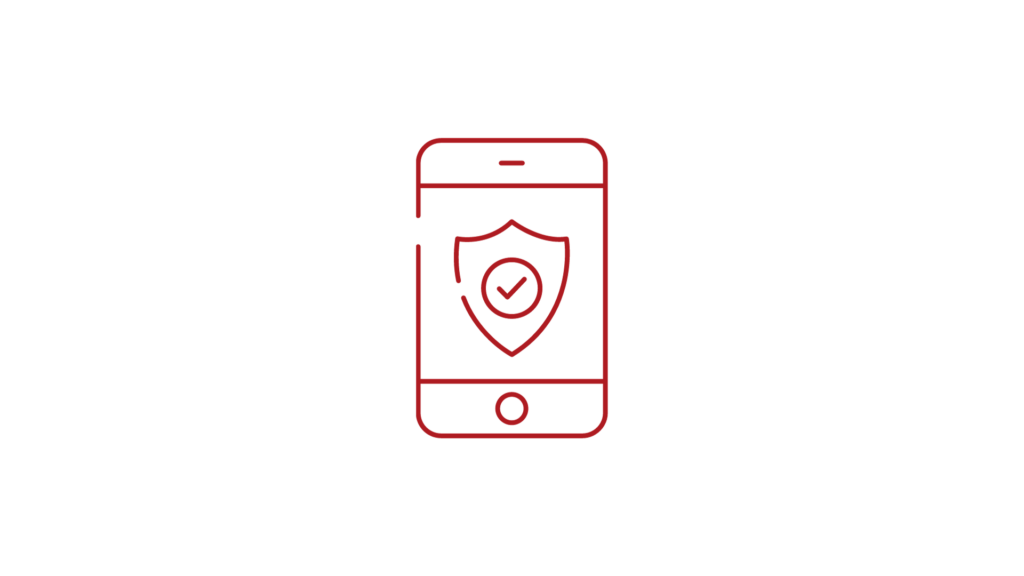
It is no surprise by now that our mobile devices are a key part of our everyday lives, but only now has the focus on mobile security intensified. In fact, we have seen a 50% increase in attacks on mobile devices since 2019. Mobile devices are now heavily relied upon for potentially sensitive tasks like remote banking and remote work, making this an increasingly attractive target for threat actors.
Even More State-Sponsored Cyber Warfare
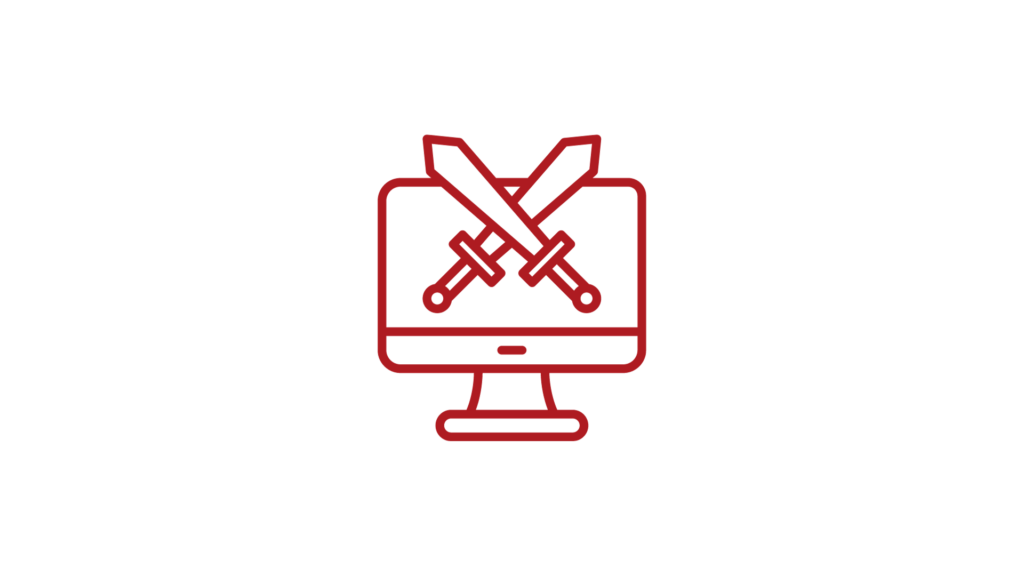 2024 will be home to events like the latest US Federal Election and the Olympics. Once in the realm of science fiction, there is now a significant chance that rogue nation-state-backed actors may intensify their cyber attacks. Whether it be the war or Ukraine or misinformation campaigns, cyber warfare now plays a significant role and poses a very real threat to the safety and security of our core institutions.
2024 will be home to events like the latest US Federal Election and the Olympics. Once in the realm of science fiction, there is now a significant chance that rogue nation-state-backed actors may intensify their cyber attacks. Whether it be the war or Ukraine or misinformation campaigns, cyber warfare now plays a significant role and poses a very real threat to the safety and security of our core institutions.
Expect to see high-profile data breaches and the leaking of political industrial secrets in 2024.

